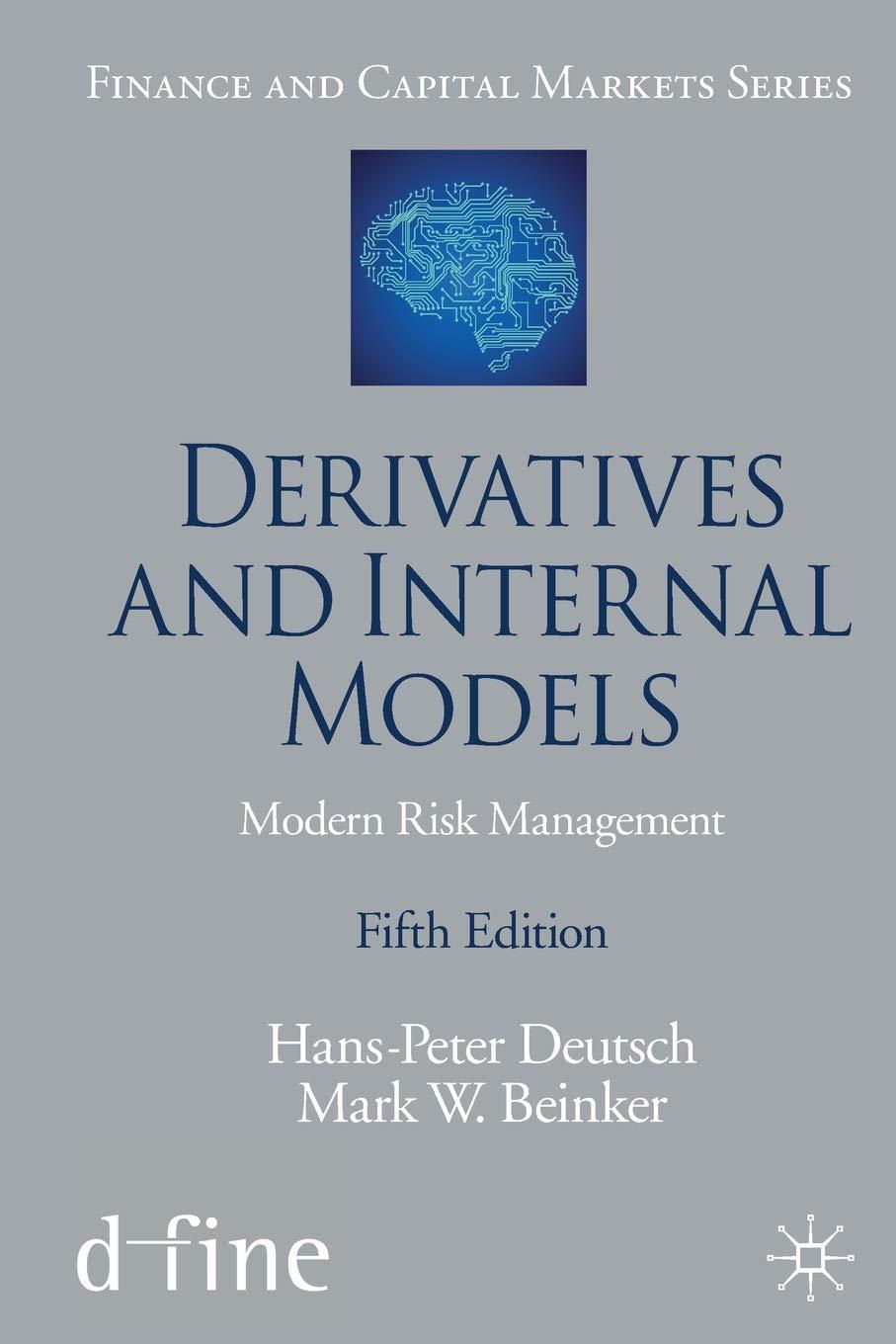Answered step by step
Verified Expert Solution
Question
1 Approved Answer
Adjusting for beta risk in capital budgeting - Debt and equity case (Answer All Please) For the Step Part 1. 0.96, 0.86. 0.28 or 1.03

Adjusting for beta risk in capital budgeting - Debt and equity case (Answer All Please)
For the Step Part 1. 0.96, 0.86. 0.28 or 1.03 2. 4.03, 1.12, 0.96 or 0.86 3. 11.41%, 12.00%, 11.84 or 11.44% 4. 9.86, 11.84 10.34 or 11.41
Last fill in the blank is - Accepting or Rejecting
6. Adjusting for beta risk in capital budgeting Debt and equity case Aaa Aa The risk-adjusted discount rate approach is widely used to evaluate risk for large projects, especially projects that have different risk profiles. These include projects that are financed with 100% equity and projects financed with both debt and equity Consider the case of Aakash who works for a company called RADAT Inc. as a financial analyst. He is assigned to work on evaluating a new project. Before Aakash starts to work on the analysis, he collects the following information from within the company: RADAT Inc. is financed with 65% equity and 35% debt. The new project is expected to be financed with 85% equity and 15% debt The company has a market beta of 1.2. The current risk-free rate is 8%, and the market expects a return of 12.0%. The company pays a tax of 35% The company's after-tax cost of debt is 9% Aakash does further research about the project and collects the following information from another company, CompDE Co., which operates exclusively in the same line of business as the new project: CompDE Co. is financed with 80% equity and 20% debt The company has a market beta of 1.0, and the company pays a tax of 35% Aakash is expected to calculate the required rate of return on the project. He conducts the analysis in a step-by-step approach. In the table, complete the calculations for each step of the analysis Aakash's Analysis Value Step 1 Calculate the unleveraged beta to be used for the new project Step 2 Calculate the beta for the project with the target capital structure for the project Step 3 Calculate the required return for the equity portion of the project Step 4 Calculate the risk-adjusted weighted average cost of capital for the project If the project is expected to generate a return of 14.83%, Aakash is likely to propose the project in his analysis reportStep by Step Solution
There are 3 Steps involved in it
Step: 1

Get Instant Access to Expert-Tailored Solutions
See step-by-step solutions with expert insights and AI powered tools for academic success
Step: 2

Step: 3

Ace Your Homework with AI
Get the answers you need in no time with our AI-driven, step-by-step assistance
Get Started


